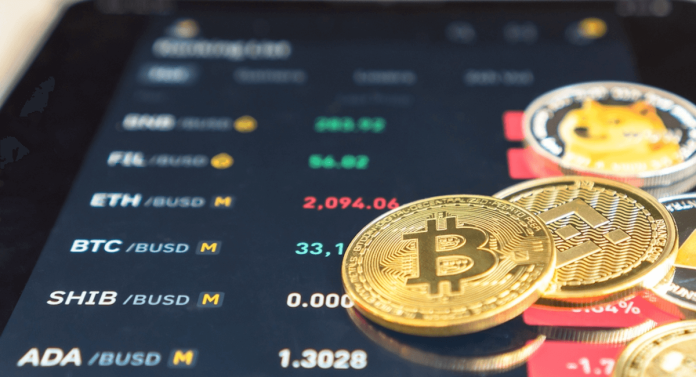Cryptocurrency has taken the financial world by storm, introducing a whole new set of terminology that can be overwhelming for newcomers. In this blog post, we will explore some of the most popular cryptocurrency terms and their meanings to help you navigate this exciting and rapidly evolving space.
HODL
One of the most iconic terms in the cryptocurrency world is “HODL,” which originated from a misspelled word in a Bitcoin forum post back in 2013. HODL stands for “Hold On for Dear Life,” and it refers to the strategy of holding onto your cryptocurrency investments despite market volatility and price fluctuations. The philosophy behind HODLing is to resist the urge to panic sell during downturns and instead maintain a long-term investment perspective.
Bear Market and Bull Market
In the world of finance, the terms “bear market” and “bull market” are used to describe the overall direction of a market. In the context of cryptocurrency, a bear market refers to a prolonged period of declining prices and negative sentiment, while a bull market signifies a sustained uptrend with rising prices and positive investor sentiment.
FOMO
FOMO, or “Fear Of Missing Out,” is a common phenomenon in the cryptocurrency market where investors rush to buy an asset due to the fear of missing out on potential gains. This fear-driven behavior can lead to speculative buying and irrational investment decisions, often fueled by hype and social media influence.
Pumps and Dumps
“Pumps” and “dumps” are terms used to describe coordinated efforts to artificially inflate or deflate the price of a cryptocurrency. A pump refers to a sudden and significant increase in price, typically driven by orchestrated buying activity, while a dump involves selling off a large amount of the asset to drive the price down. Both pumps and dumps are associated with market manipulation and are often followed by significant price corrections.
Shilling
In the context of cryptocurrency, “shilling” refers to the act of promoting a particular cryptocurrency with the intention of influencing its price or generating hype. Shilling can take various forms, including paid endorsements, misleading marketing tactics, and spreading unfounded rumors to create artificial demand for a specific coin.
Market Cap
The market capitalization, or market cap, of a cryptocurrency is a measure of its total value in circulation. It is calculated by multiplying the current price of the coin by the total number of coins in existence. Market cap is an important metric for assessing the relative size and significance of a cryptocurrency within the broader market.
Long and Short
In trading lingo, “long” and “short” are terms used to describe the directional bets that traders take on an asset’s price movement. Going long means buying an asset with the expectation that its price will rise, while going short involves selling an asset with the anticipation of profiting from a price decline. These positions can be taken using various financial instruments, such as futures contracts and options.
Initial Coin Offering (ICO) and Initial Exchange Offering (IEO)
An initial coin offering (ICO) is a fundraising method used by cryptocurrency projects to raise capital by issuing tokens to investors. In contrast, an initial exchange offering (IEO) is a token sale conducted on a cryptocurrency exchange’s platform, where the exchange facilitates the fundraising process and provides a listing venue for the newly issued tokens. Both ICOs and IEOs have been popular mechanisms for funding blockchain projects but have also been associated with regulatory scrutiny and investor protection concerns.
In conclusion, the cryptocurrency ecosystem is rich with unique terminology that reflects its dynamic and innovative nature. Understanding these terms is essential for anyone looking to engage with cryptocurrencies, whether as an investor, trader, or enthusiast. As the industry continues to evolve, staying informed about these concepts will be crucial for navigating the complexities of the crypto space.
